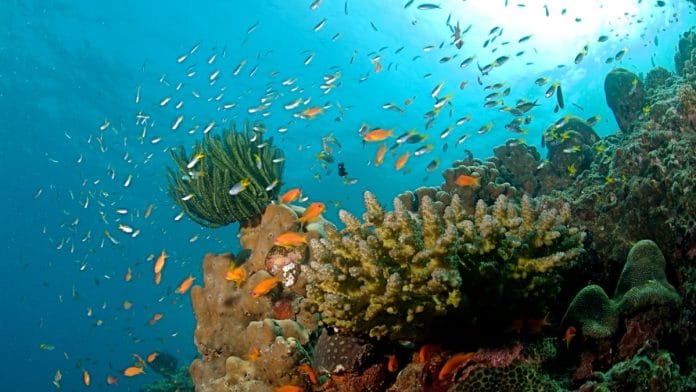New Delhi: With a score of 45.5 out of 100, India ranked 176 out of 180 countries in terms of natural environment protection, according to the Nature Conservation Index.
Released this month, this is the first-ever edition of the index which ranks countries based on their efforts vis-à-vis four pillars: managing protected areas, addressing threats against biodiversity, nature and conservation governance, and future trends in a country’s natural resource management.
“Though 7.5 per cent of India’s terrestrial area is protected, improvements are needed in marine protected areas, with only 0.2 per cent coverage in national waters and none in the EEZ [Exclusive Economic Zone],” says the report by Goldman Sonnenfeldt School of Sustainability and Climate Change and BioDB.com.
The top-ranking countries were Luxembourg, Estonia, and Denmark, with others including Zimbabwe and Costa Rica finding their way into the top 10.
While Kiribati was the last and worst performer in the Index, India was ranked only marginally higher at 176 of 180. Other South Asian nations like Bangladesh, Pakistan, Myanmar, and China all ranked above India. The only country from the subcontinent to make it to the top 15 ranks is Bhutan, which was appreciated for its pristine habitat, protected areas, and its economic and policy commitment to conservation.
Each country was ranked based on its score on 25 parameters spread across the four pillars described earlier. While India did perform well on certain parameters like the ecological diversity of its protected areas, and its economic efforts towards conservation, its score was significantly lowered owing to inaction on marine ecosystem conservation.
The objective of the report, it says, is to present an annual assessment useful for environment research, policymakers and spreading awareness.
Also Read: India at 176 among 180 countries in Environment Performance Index 2024, high emissions flagged again
What lowered India’s score
India scored 0 out of 100 in management of marine protected areas, as well as protection for species in marine ecosystems.
It goes on to explain, however, that due to India’s vast and diverse landscape, there are a number of ‘unique habitats’ worth preserving in the country and India is doing a good job in most of them.
At the same time, it also stresses the importance of soil health and pollution, especially given the high pesticide use in the country. The report also advises against forest land being converted for industrial and other purposes. Other factors in which India’s showing was poor include the high level of illegal wildlife trading in the country.
While in terrestrial species protection India scored 73 on 100, the report did talk about how it ranks fourth in illegal wildlife trading in the world, which is an industry worth an estimated 15 billion pounds annually.
The report uses publicly available data from the International Union for Conservation of Nature (IUCN), World Bank, and Yale’s Environmental Performance Index (EPI). It also invites the public to submit corrections/suggestions and additional information for the report if they want to, with proper sources and citations.
Finally, the report emphasises that “despite facing political instability and corruption,” India continues to have a “solid democratic foundation,” and that adds to its commitment to conservation efforts.
India’s conservation laws and policies were appreciated by the authors of the report, as were its commitments to global treaties like Convention on Biological Diversity (CBD) and Convention on International Trade in Endangered Species of Wild Fauna and Flora (CITES).
But the report adds that India does have significant challenges in the future because its natural conservation must be balanced with population density.






